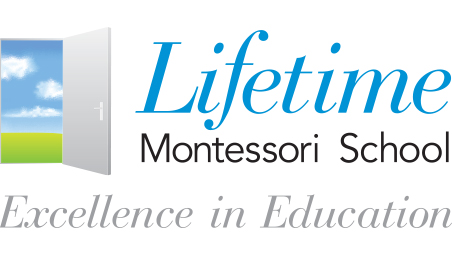(858) 759-0631
One of the most important things we can do as teachers to help ensure the children’s success is to offer them a prepared environment. Let's focus on what that means.
The prepared environment is Maria Montessori’s concept that the environment should be designed to facilitate maximum independent learning and exploration by the child and will facilitate and maximize independent learning and exploration. This calm, well-ordered environment has a lot of movement and activity. Children are free to choose and work on activities at their own pace. Here, they experience freedom and self-discipline, as guided by the environment. The following are the key principles of the prepared environment:
- Order: Order is something that pervades a Montessori environment. For the small child, the physical order of the prepared environment is essential – all materials have a place, they are accessible and ready to use, and they are clean and inviting to the eye. A well-ordered classroom eliminates as many obstacles as possible that may hinder the child from finding success and acting independently.
- Freedom: Essential to the prepared environment is the child’s freedom – to choose work for as long as he wants to, not to work, to work without being interrupted by other children or by the constraints of a timetable, etc., as long as his activity does not interfere with other children’s right and freedom to do the same.
- Mixed Age Groups: Allows children to learn from each other in a non-competitive atmosphere and directly prepares the child for living in society.
- Movement: The environment must allow the child’s free movement to exercise his freedom to bring himself into contact with the things and the people in his environment that he needs for his development.
- Materials: The materials chosen for the environment must act as keys to the child’s development and be directed by the child’s essential developmental needs of each age range.
- Role of the Adult: The adult is also part of the Montessori environment. The role of Ms. Bita and I, is to design an environment that will offer the greatest chances for successful learning to help facilitate and direct the children to appropriate activities and to be loving and gentle guides!
Our goal is to ensure all of these elements of the prepared environment are in place and is constantly evolving to meet the ever-changing needs of the children!
Parent Observations
Your purpose in observing may be to become better acquainted with the Montessori Method and the workings of our classroom or perhaps to see what happens in your child’s day when you are not here. We are pleased that you are taking this opportunity to observe these great minds under construction, the Montessori way.
There is always much more going on in the Montessori classroom than meets the eye. We have to try to observe undetected in full view of the children.
Suggested Points of Focus During Your Observation
- Degree of independence and self-confidence
- Succession of different activities
- Length and depth of concentration
- Movement (control, coordination)
- Spontaneity and enthusiasm
- Response to teacher’s directives
- Time between activities (socializing, wandering, etc.)
Of a small group of children
- Group formation (child-initiated, teacher-initiated, spontaneous)
- Activity (learning experience and/or socializing)
- Structure (pattern of leadership and response)
- Conclusion of group activity (how? Why?)
Enjoy your observation!

